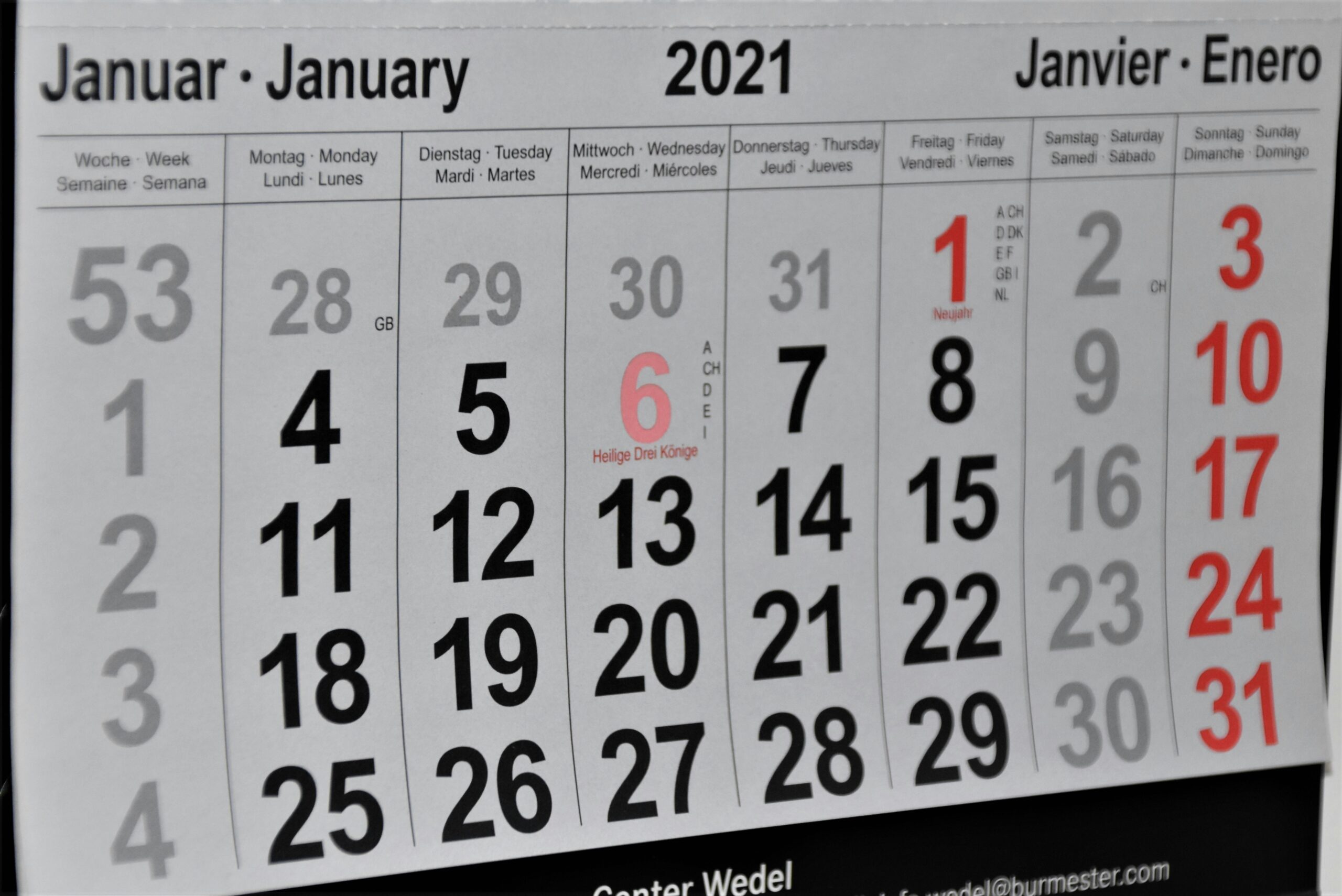As an attorney, your success depends not just on your legal expertise but also on your ability to read the room. Whether you’re in a negotiation, a deposition, or a court hearing, understanding the dynamics of the situation can make all the difference in achieving your goals. In this article, we’ll explore the nuances of reading the room and offer practical tips on how to master this essential skill.
What Does “Reading the Room” Mean?
“Reading the room” refers to the ability to sense and interpret non-verbal cues in a social setting. These cues might include body language, facial expressions, tone of voice, and other subtle signals that reveal the emotions and attitudes of the people around you. By reading the room, you can gain insights into the dynamics of the situation, such as power dynamics, underlying tensions, and unspoken expectations.
Recommendation: 15x Your Client Base by Mastering the Art of Quick Response
Why Is Reading the Room Important for Attorneys?
As an attorney, you constantly communicate with people, whether it’s your client, opposing counsel, a judge, or a jury. Understanding the emotions, attitudes, and intentions of the people you’re interacting with can help you tailor your communication style and approach to achieve your goals. For example, if you sense that the other party is feeling defensive or hostile, you might adjust your language to be more conciliatory and avoid escalating the situation.
Furthermore, reading the room can help you anticipate potential obstacles or opportunities in a case. For example, if you’re in a negotiation and you sense that the other party is more concerned with avoiding risk than maximizing gains, you might be able to craft a settlement offer that meets their needs while still achieving your client’s goals.
How to Read the Room: Tips and Strategies
Reading the room is a skill that can be developed with practice and attention. Here are some tips and strategies for mastering this essential skill:
Pay attention to body language
Body language is one of the most important non-verbal cues to watch for when reading the room. Pay attention to things like posture, facial expressions, and gestures to get a sense of how people are feeling. For example, crossed arms or legs might indicate defensiveness or discomfort, while open body language (such as uncrossed arms and a relaxed posture) might indicate receptiveness and openness.
Listen for the tone of voice
The tone of voice can reveal much about a person’s emotions and intentions. Listen for changes in tone, such as rising inflections or lower pitch, which might indicate excitement, uncertainty, or frustration.
Observe interactions
Pay attention to how people interact with each other. Do they avoid eye contact or engage in frequent interruptions? These dynamics can reveal power struggles, tensions, or underlying conflicts.
Read the room before entering
Take a moment to observe the room and people before entering. This can help you prepare mentally for the situation and adjust your approach accordingly. For example, if you notice that people seem tense or stressed, you might start with a more empathetic and reassuring tone.
Recommendation: Seven mindfulness practices every attorney should know to reduce anxiety
Be aware of cultural differences
Cultural differences can impact non-verbal cues and social norms. For example, direct eye contact might be seen as a sign of respect in some cultures, while in others, it might be considered confrontational. Be aware of these differences and adjust your communication style accordingly.
Practice active listening
Active listening is an essential skill for reading the room. Pay attention not just to what people are saying but also to how they’re saying it. Use open-ended questions to encourage people to elaborate on their thoughts and feelings.
Be Flexible and Adapt to the Situation
Lastly, reading the room isn’t a one-size-fits-all skill. Every situation and every person is different, so it’s important to be flexible and adaptable in your approach. For example, if you’re negotiating with someone who is very aggressive or confrontational, it may be helpful to mirror their tone and body language to establish rapport. On the other hand, if you’re meeting with an anxious or upset client, you may need to adopt a more empathetic and supportive tone.











